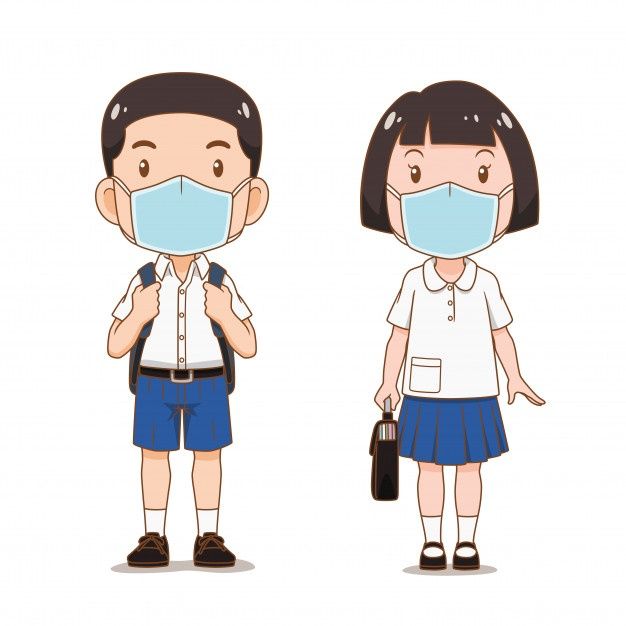The COVID-19 pandemic cast a long shadow over the world, disrupting lives and livelihoods. While the immediate health concerns were paramount, the pandemic’s effects extended far beyond physical well-being. Children, in particular, faced unprecedented challenges that continue to reverberate through their lives. This article delves into the educational, social, and emotional impacts of the pandemic on children, shedding light on the complexities of their experiences.
Educational Disruptions: A Ripple Effect
The closure of schools during the pandemic was a drastic measure aimed at curbing the spread of the virus. While necessary, it had profound consequences for children’s education. The shift to online learning presented numerous challenges, including disparities in access to technology and reliable internet connectivity. Many students struggled with the lack of face-to-face interaction with teachers and peers, leading to feelings of isolation and reduced engagement.
Furthermore, the pandemic exacerbated existing educational inequalities. Children from low-income families and those with special needs were disproportionately affected by school closures. The digital divide widened, leaving many students without the necessary resources to participate in remote learning. The long-term consequences of these disruptions are still unfolding, with concerns about learning loss and developmental delays.
Social Isolation and Emotional Toll
The pandemic imposed significant restrictions on social interactions, forcing children to spend extended periods of time at home. This isolation had a detrimental impact on their social development. Children rely on peer interactions to learn essential social skills, such as communication, cooperation, and empathy. The absence of these opportunities can hinder their ability to form healthy relationships and navigate social situations.
Moreover, the pandemic took a toll on children’s emotional well-being. The uncertainty and fear surrounding the virus, coupled with the loss of routines and social connections, contributed to increased levels of anxiety, depression, and stress. Children may have also experienced grief and loss due to the illness or death of loved ones. The pandemic highlighted the importance of mental health support for children and the need for increased access to mental health services.
The Impact on Child Development
The early years of life are critical for brain development and social-emotional growth. The pandemic disrupted these formative years, potentially leading to long-term consequences. Studies have shown that early childhood experiences shape a child’s cognitive, language, and social skills. The lack of stimulating environments and opportunities for interaction during the pandemic may have hindered children’s development in these areas.
Additionally, the pandemic exacerbated existing childhood adversities, such as poverty, abuse, and neglect. These factors can have a devastating impact on children’s physical and mental health, as well as their educational outcomes. It is essential to address the underlying causes of these adversities to mitigate the long-term effects on children.
Building Resilience and Supporting Children
While the pandemic presented significant challenges, it also highlighted the resilience of children. Many young people demonstrated remarkable adaptability and coping skills. It is crucial to foster resilience in children by providing them with supportive environments and opportunities for growth.
To address the lasting impacts of the pandemic, a multi-faceted approach is necessary. This includes investing in early childhood education, providing mental health support, and addressing educational inequalities. Additionally, it is essential to strengthen social safety nets and support families in need.
The pandemic has underscored the importance of children’s well-being and the need for comprehensive policies and programs to protect and support them. By prioritizing the needs of children, we can build a brighter future for generations to come.
Additional Considerations
To further enhance the article’s SEO and depth, consider incorporating the following elements:
- Data and statistics: Include relevant data and statistics to support your claims.
- Expert opinions: Cite experts in the field of child development and psychology.
- Case studies: Share real-life examples of children’s experiences during the pandemic.
- Visuals: Incorporate images or infographics to illustrate key points.
- Internal and external linking: Link to relevant articles and resources within your website and other reputable sources.
By addressing these aspects, you can create a comprehensive and informative article that effectively reaches your target audience and improves your website’s search engine



